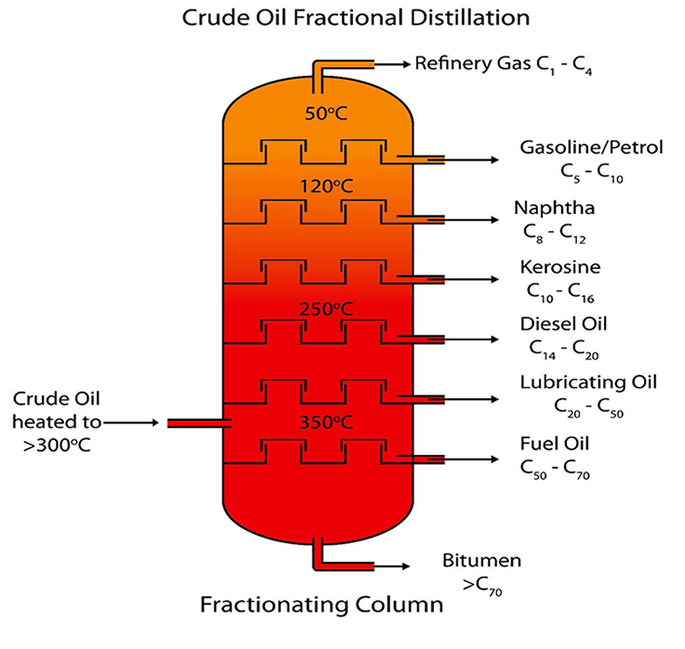The waste oil is sprayed on the road which is easy to dust, and the dust is adhered by the adhesive action, which is dustproof and is also a treatment method of the waste lubricating oil. In the United States, a significant portion of the recovered waste lubricating oil is used for this purpose. However, the waste oil sprayed on the road will also be washed by rainwater into the drainage ditch when it rains, and finally enter the river to pollute the water, or enter the soil to pollute the soil, thus polluting the environment.
Incineration, the use of waste lubricating oil as a fuel is currently a common treatment. Some use the waste lubricating oil directly as the fuel for the heating furnace. Some use the waste lubricating oil mixed with other wastes that need to be incinerated, incinerate in the incinerator, and use the heat generated by incineration to generate boiler steam for various industrial or civil purposes.
The use of waste lubricating oil as a fuel is a cost-effective treatment, but lubricating oil is a valuable natural resource. Since not all crude oil is suitable for the production of lubricating oil, almost all crude oil components can produce fuel oil. Moreover, the process of preparing lubricating oil from crude oil is much more complicated and costly than producing fuel oil. The use of lubricating oil as a fuel oil is a waste, so from the perspective of making full use of natural resources, it is not advisable to use simple incineration.
The lubricating oil is regenerated, and the waste lubricating oil is subjected to an appropriate process to remove the metamorphic component and the foreign impurity contaminant into a regenerated lubricating oil, which is a suitable treatment method from the viewpoints of technology, environmental protection, rational use of resources, and economical point of view.
At present, there are roughly three methods for recycling waste lubricating oil:
1) For the degree of deterioration is not serious, mainly the waste lubricating oil mixed with water and solid impurities is re-purified;
2) For the degree of deterioration, the waste lubricating oil containing more sludge, paint film and other oxidation products is treated by chemical treatment such as sulfuric acid and re-refining process of adsorbent such as clay;
3) The deep oxidatively modified lubricating oil is subjected to various refining processes such as distillation, solvent treatment, chemical treatment, adsorption treatment, and hydrotreating.

